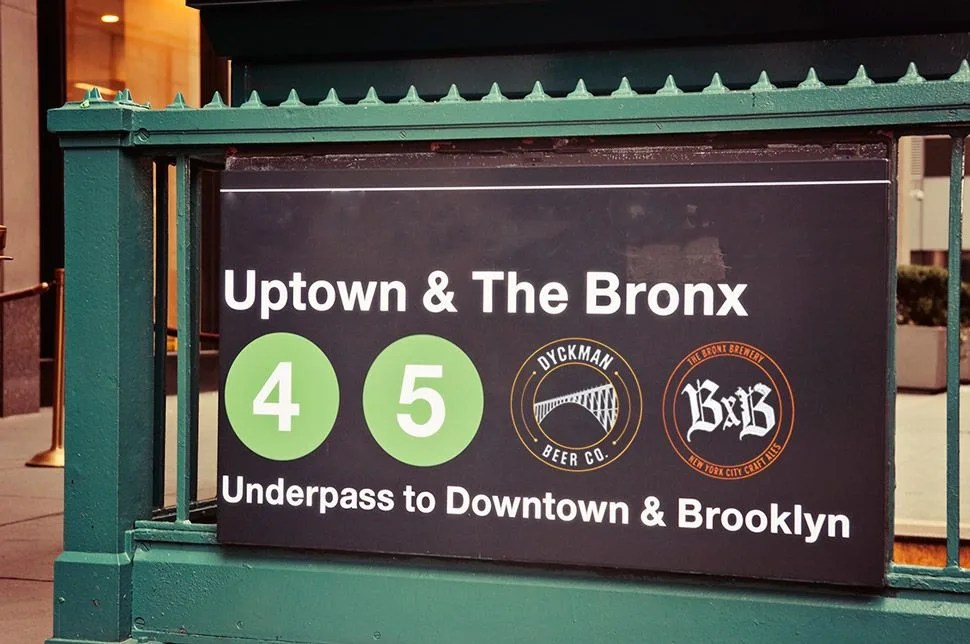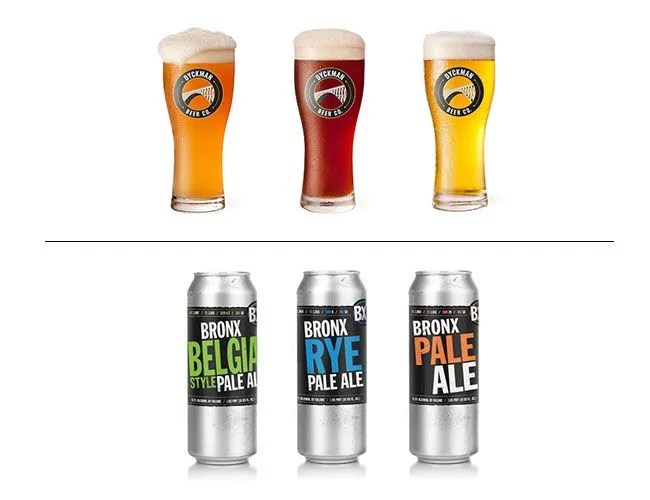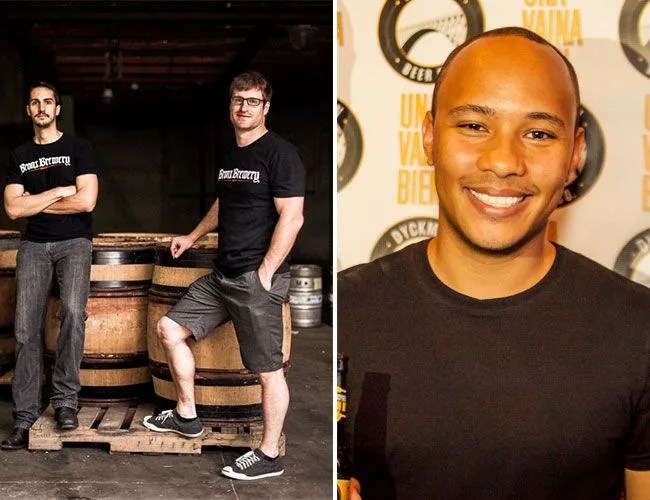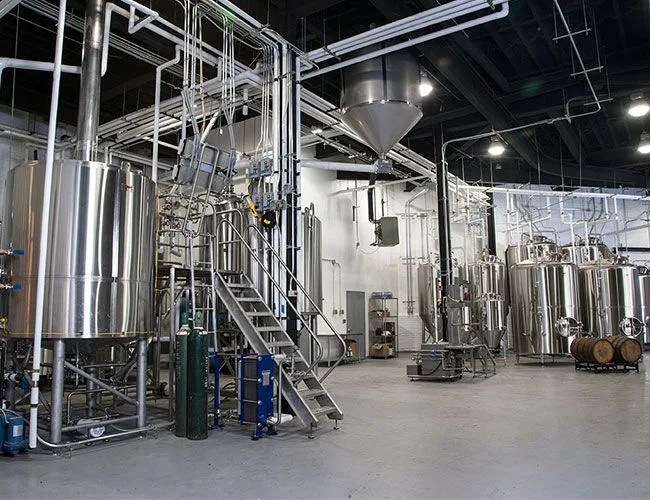There is one thing newborn businesses have in common with teenage garage bands: picking a name can be even harder than getting started. (Also bad hair, increasingly.) You want something that leaves an impression, something distinctive, but nine times out of ten you come up with something derivative. You doodle pages and pages of logos in a notebook — clever names, edgy names, simple names. You want something that’s honest, but you also want people to choose you out of throngs of others.

In no private business sector does this similarity ring truer than in the craft beer industry, because unlike, say, a health insurance company, a brewery’s name can be anything. Left Hand. Sly Fox. Rogue. Clever, edgy, simple — but most importantly, unique, and now especially, that’s where it really gets hard. More than 3,000 craft breweries, microbreweries and brewpubs make for an improbably crowded Battle of the Brands. And then there’s the entirely separate question of whether or not you can slam.
Perhaps that’s why many are taking a simple approach: naming their brand after their street, their neighborhood, or their city. That’s what’s done in New York, anyway; that’s why there’s a new Brooklyn-related brand every day. In the past five years, eight of the 19 newly founded New York-based beer producers — breweries, brewpubs, microbreweries and contract brewers — named themselves after a New York City locale.
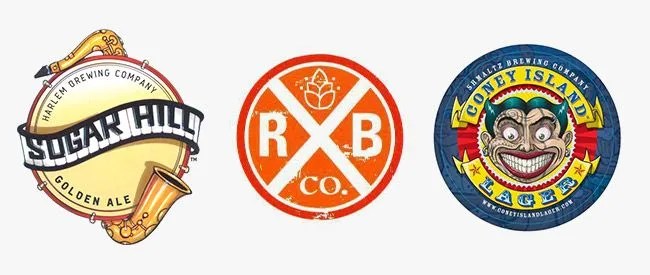
Save for the Queens Brewery — which uses simple, modern brand language, as opposed to something overtly “diverse” in celebration of what they acknowledge is “the city’s most diverse borough” — each leans on traditional perceptions of its home: a grinning clown on each bottle of Coney Island Lager, a silhouetted surfer adorning all of Rockaway‘s brand language, and throwback Harlem Renaissance imagery spread over most of Harlem Brewery’s merchandise. It’s a godsend to have over a century of neighborhood history from which to pick out your brand identity, while your competitors try to decide between a mascot and an ink stamp. But falling back on the broad strokes of tradition — jazzy “Harlem Renaissance” Harlem, kitschy classic Coney Island, paradisiacal Rockaway Beach — risks limiting a brand and constricting consumers’ expectations to whatever that tradition entails. Familiarity sells; but does it short sell the brewer and its neighbors? Do broad strokes put the brand before the beer, or are they an afterthought to brewers and drinkers alike?
“What’s important is that I’ve given this neighborhood a beer they can call their own.” – Juan Camillo
